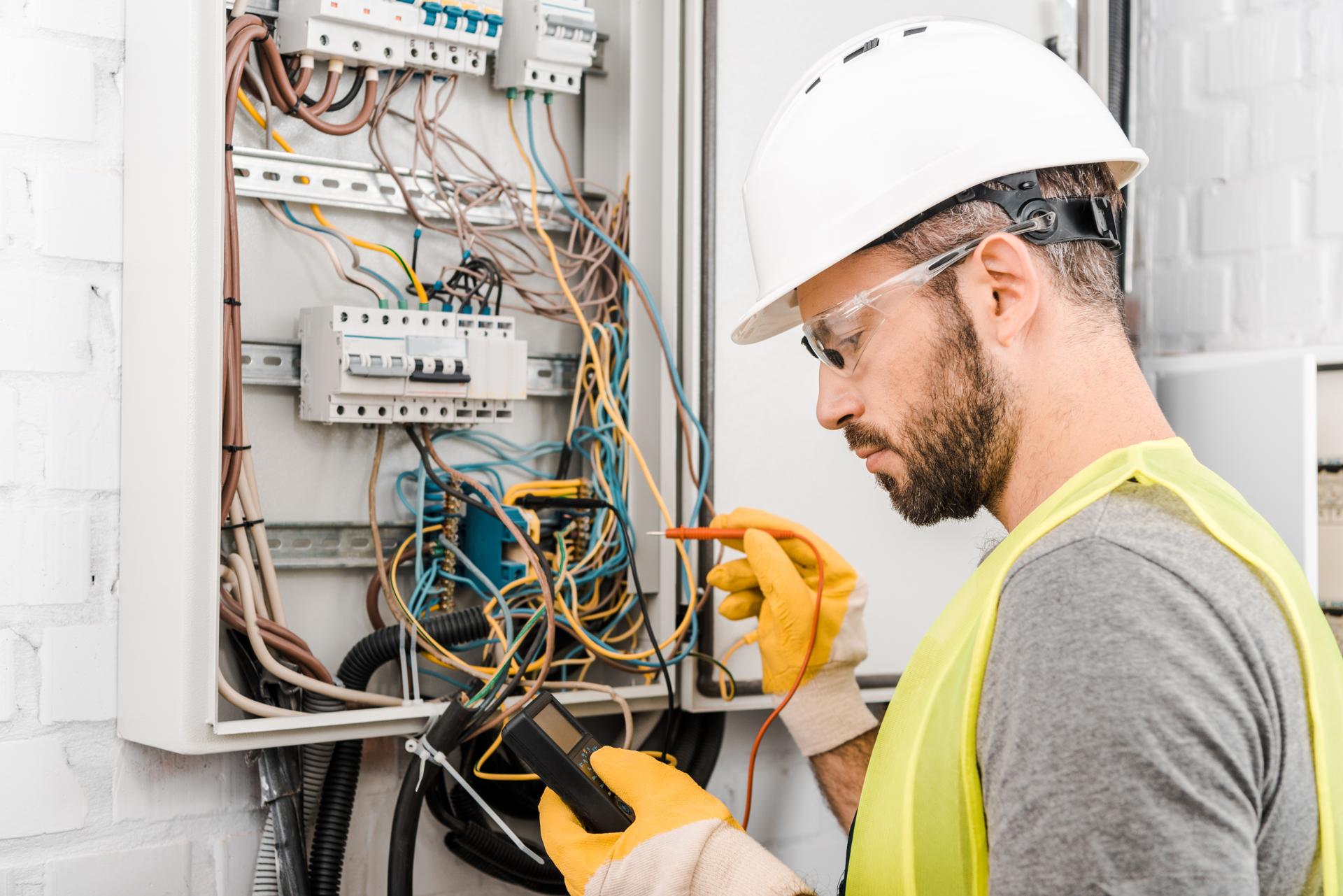An Overview of the Inner Workings of Electrical Wiring in Your Home: A Comprehensive Guide

Electricity is an integral part of our everyday life, powering everything from the lighting in our houses to gadgets we use on a daily basis. However, electric systems may be complicated making it difficult to understand how they work isn’t easy. In this article we’ll go over the components of an electrical system and show how circuits operate to power appliances and devices. Our residential electricians can handle any electrical jobs you need.
Components of an Electrical System
An electrical system has several essential components that work to supply power to homes. These include:
Breaker box: the main distribution point for electric power in homes in which the power is divided into different circuits
Switches and outlets: points at which electricity is supplied to devices and appliances
Wiring: the wires that transmit power from the breaker box to the outlets and switches
Electric appliances, devices and equipment: appliances and gadgets that rely on electricity to function.
Electrical Circuits
An electrical circuit is one that lets electricity flow from the main source (the the breaker box) to the devices and appliances in the home. There are two types of electrical circuits that can be found in the home which are 120-volt circuits and 240-volt circuits. 120-volt circuits are used to power most household appliances and appliances, while the 240-volt circuits are utilized for larger appliances such as air conditioners and electric dryers.
Electrical circuits work by completing a loop that allows electricity to flow from the source into the appliance or device. The loop is comprised of a hot wire that carries the electricity along with a neutral wire that completes the circuit and the ground wire which provides an avenue for electricity to travel to the ground in the event of a fault.
Understanding the electrical Wiring
Electrical wiring comes in several different types, including non-metallic sheathed cable (NM) as well as armored cables (AC) and conduit. Each type comes with its own pros and disadvantages, and the choice of the wiring type is contingent upon the specific needs for the particular installation.
Electricity travels through wiring by creating a flow of electrons that travel through the wire. Electrons move through the wire from source, to appliance or device, and back to the source through the neutral wire. It is crucial to make sure that the wiring is put in place and maintained properly, since defective wiring could lead to electrical hazards such as shocks or fires.
Common Electrical Issues
The most frequent electrical problems found that homeowners face include tripping the light bulbs, flickering breakers and disconnected outlets. These problems can be caused by a variety of factors, including overloading circuits, loose connections, and faulty wiring.
If you experience any of these issues, it’s crucial to pinpoint the source and take steps to correct the issue. In certain instances, this may involve contacting a licensed electrician to inspect and repair the wiring.
Conclusion as well as a Call to Action
In conclusion, understanding how electrical wiring operates is essential to ensure the safety and reliability of the electrical system in your home. By following the guidelines outlined in this article, you can stay secure and avoid potential dangers.
If you have any concerns or questions about your home’s electrical system do not hesitate to call Local Electrician Glenwood. Our electricians are licensed and has the experience and knowledge to handle all your electrical requirements. Contact us by phone at 1300 610 481 to schedule a consultation.
FAQ
What are the symptoms of faulty electrical wiring?
The signs of an electrical wiring issue could include tripping breakers flickering lights, and electrical outlets that are not working, for example.
When should I schedule my electrical system at home inspected?
It’s recommended that you ensure that your electrical system is inspected by an accredited electrician at least every 10 years.
What is the expected lifespan of wiring that is electrical?
The life expectancy of electrical wiring is based on many factors, such as the type of wiring used, the location it’s located in, and the standard of the installation. In general, electrical wiring can last up to thirty years, or even more with the proper installation and maintenance.
Do I have the ability to fix electrical issues by myself or should I employ an electrician?
While some electrical issues are fixable by homeowners, it’s advised to hire a licensed electrician to complete most electrical repairs. If you attempt to fix electrical issues without the proper education and experience can be dangerous and can result in damage or injury to your home.
What should I do if experience an electrical emergency within my home?
In the event of an electrical emergency the first step is to turn off the power supply to the affected area by shutting off the breaker or the fuse. Then, contact an authorized electrician to examine and fix the problem as quickly as is possible.
If you follow these tips by following these guidelines, you can ensure the safety and reliability of your electrical system in your home and reduce any potential dangers. Remember, when you need repairs to your electrical system and installations, it’s best to trust the experts. Call Local Electrician Glenwood at 1300 610 481 to discuss all of your electrical requirements.
